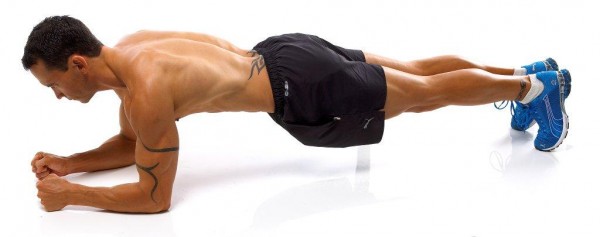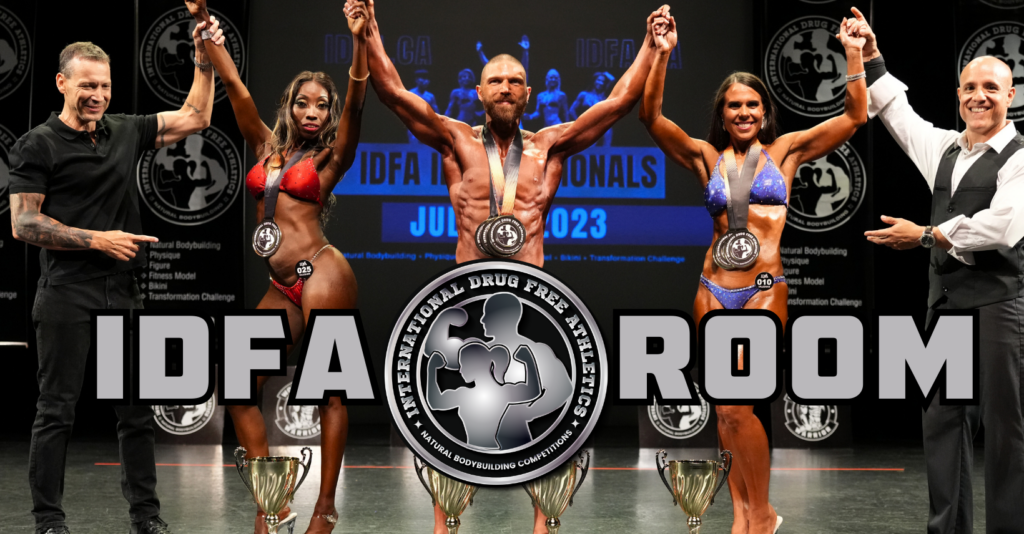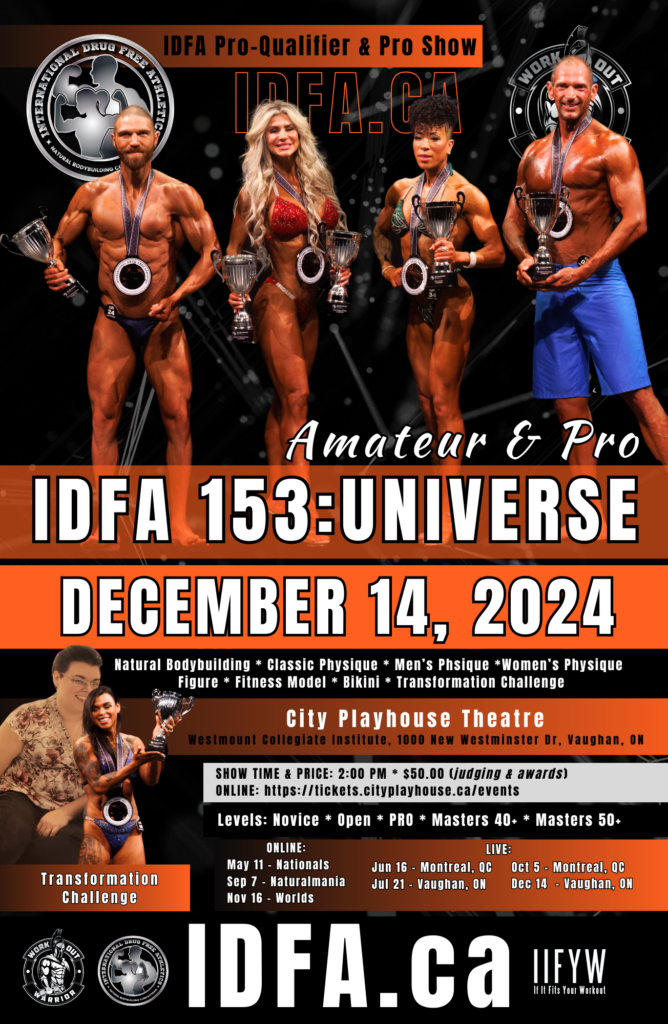Core Training: Not Just a Trend
We have all heard of the term ‘Core Training.’ This is the newest fitness trend and it is here to stay. Athletes and dancers have known of the benefits for years. It is time we get in on it. The core consists of all the muscle groups that stabilize the midsection. This includes all the abdominal muscles (rectus abdominis, internal and external obliques, transverse abdominis and intercostals) as well as the muscles associated with the spine (the erector spinae and multifidus) and the hip flexors (iliacus and psoas, collectively known as the iliopsoas). These muscles all work in harmony to provide stabilization for your body and to transfer power from the legs to the upper body and vice versa. The core muscles also function to keep your insides in, where they belong!
Weak core muscles contribute to all kinds of problems in the body, the most prevalent of which is lower back pain. By strengthening the muscles that help support the spine and improve posture, you can dramatically decrease the symptoms of lower back pain.
It was once thought, train the abdominals and your low back pain will go away. New research has found this not to be the case. The main ‘core’ players tend to be the transverse abdominis (deep lateral abdominal muscle) and multifidus (deep lumbar muscle). The transverse abdominis (TA) and the multifidus have a unique function because they are the first to activate in the core, even before movement occurs. For this reason core training must begin with these muscles. Sure the Rectus Abdominis (the visible ‘six pack’ if you are lucky) and the erector spinae are important in core strength, however don’t overlook the TA and the multifidus. For years we have and that is about to change. Many studies have proven that training the TA and the multifidus is the way to go for better sports performance and decreasing low back pain. The TA and multifidus act as a ‘girdle of strength’ around the spine.
For most weightlifting exercises, proper form requires active engagement of the core muscles to maintain stable, neutral spinal posture. Exercises like the squat, deadlift, pushup, and the lunge. When the core is weak, or your form is incorrect, the core is vulnerable to injury. The most common area of the core for injury is the low back. Even though the core is engaged in these exercises it still needs to be trained separately to ensure there are no imbalances. If you’ve heard it once, you’ve heard it a thousand times: A chain is only as strong as its weakest link.
As you now know core training is much more than just doing a few crunches on the floor. I have put together a few balanced core workouts to work the entire core. They are listed as follows:
Core Workout #1
Go through this core series with no rest between exercises. Rest 30 to 60 seconds at the end of the series and then repeat. Repeat this series 2 to 3 times.
Core Series
Plank Holds – work up to 1 minute
Lower Back Extensions – complete up to 20 reps
Abdominal Crunches – complete up to 25 reps
Alternating Prone Supermans – complete up to 10 reps per side
Rest and Repeat
Core Workout #2
Go through this core series with no rest between exercises. Rest 30 to 60 seconds at the end of the series and then repeat. Repeat this series 2 to 3 times.
Core Series
Bicycles – work up to 50 total reps (25 per side)
Reverse crunches – complete up to 20 reps
Plank Holds – complete up to 30 seconds
Side Plank Hold (left side) – complete up to 30 seconds
Side Plank Hold (right side) – complete up to 30 seconds
Lower Back Extensions – complete up to 20 reps
Rest and Repeat
Core Workout #3
Rest approximately 30 seconds between sets. And rest approximately 1 minute between exercises. Optional: You may do this as a core series the same as the two above core workouts (#1 and #2).
Abdominal Crunches – 3 sets of 10 to 25 reps
Reverse Crunches – 3 sets of 10 to 25 reps
Alternating Prone Supermans – 3 sets of 10 to 15 repetitions per side
Plank Holds – 3 set of up to 1 minute
Alternating Lower Body Russian Twists – 3 sets of 10 to 15 repetitions per side
Spend time with your core muscles and you’ll stand straighter, look leaner and feel stronger. You’ll hit balls father and when you reach middle age your back will be a lot less likely to go out. Strength training is about more than just appearances – it’s about gaining and keeping health. And the best place to start, if you want to stay strong and healthy, is the core.
– END –
RETURN to Exercises Main Page.













